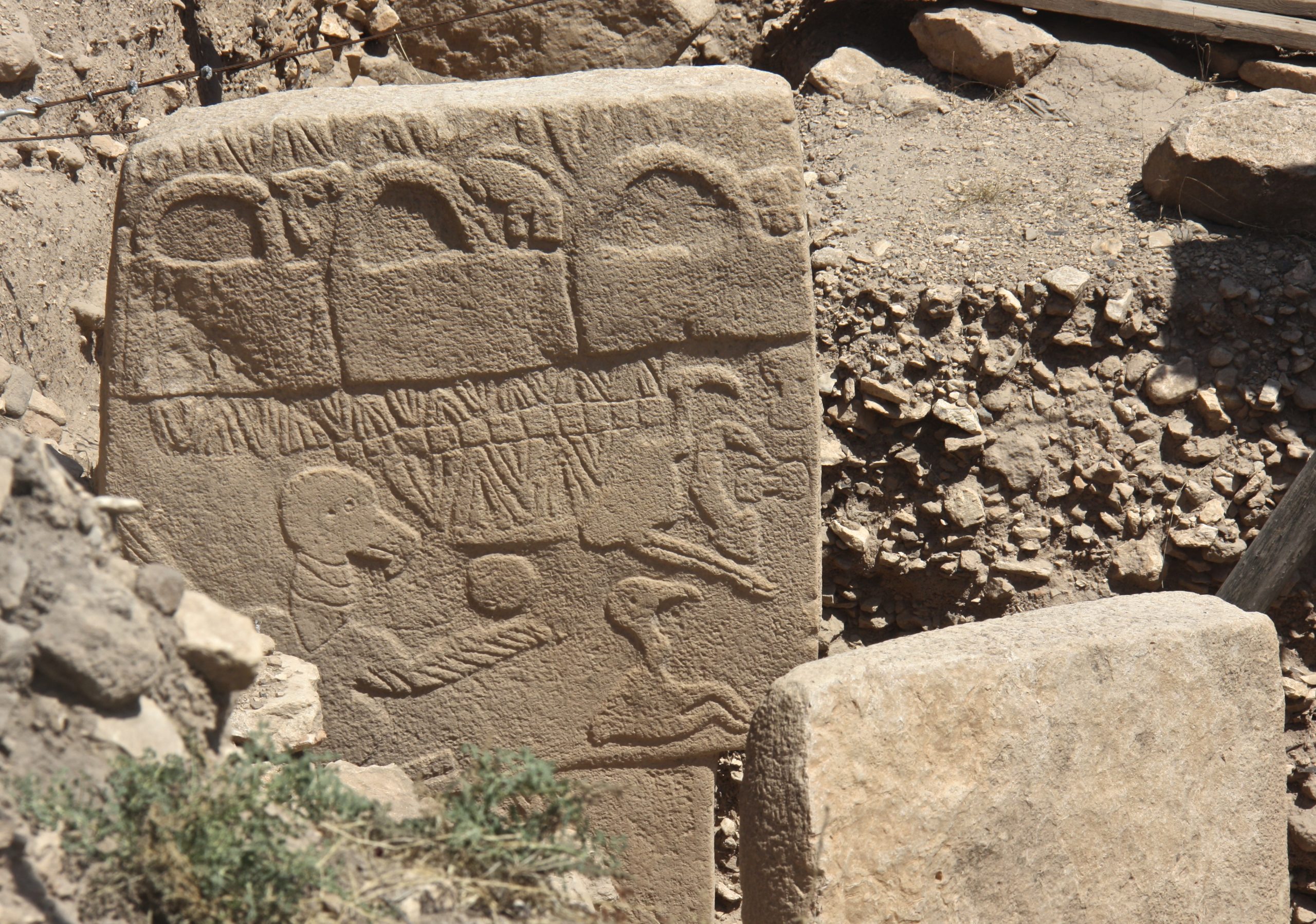
Archaeologists have discovered what they believe could be the earliest known writing. A 12,000-year-old pictograph was found within the ancient settlement of Gobeklitepe in southeast Anatolia, Turkey.
The pictograph, chiseled into an obelisk, reportedly depicts a traditional sky burial whereby bodies are left outdoors to be picked apart by scavengers.
“The scene on the obelisk unearthed in Göbeklitepe could be construed as the first pictograph because it depicts an event thematically,” Şanlıurfa Museum Director and Göbeklitepe head archaeologist Müslüm Ercan told Hürriyet Daily News.
He added, “It could be the first example of pictograph. They are not random figures. We see this type of thing portrayed on the walls in 6,000-5,000 B.C. in Çatalhöyük [in modern-day western Turkey].”
Pictographs are an early method of writing in which pictures are used to convey meaning—similar to hieroglyphics.
There is little evidence of ancient forms of writing around the world. If confirmed as a form of written communication, the Turkish pictographs could replace Sumerian—a language used in Southern Mesopotamia in 3100BC—as the world’s oldest known writing, the Daily Mail reports.
Archaeologists also found monumental T-shaped pillars made of stone, some up to 20 feet tall. In total, approximately 200 such pillars were discovered, arranged in 20 circles.
The team of experts believe that the site at Göbeklitepe—one of several temple-like structures unearthed in the region—had religious significance to its ancient inhabitants.
Several millennia later, people still communicate using images. The modern day pictograph—the emoji—remains as popular now as it was 12,000 years ago.